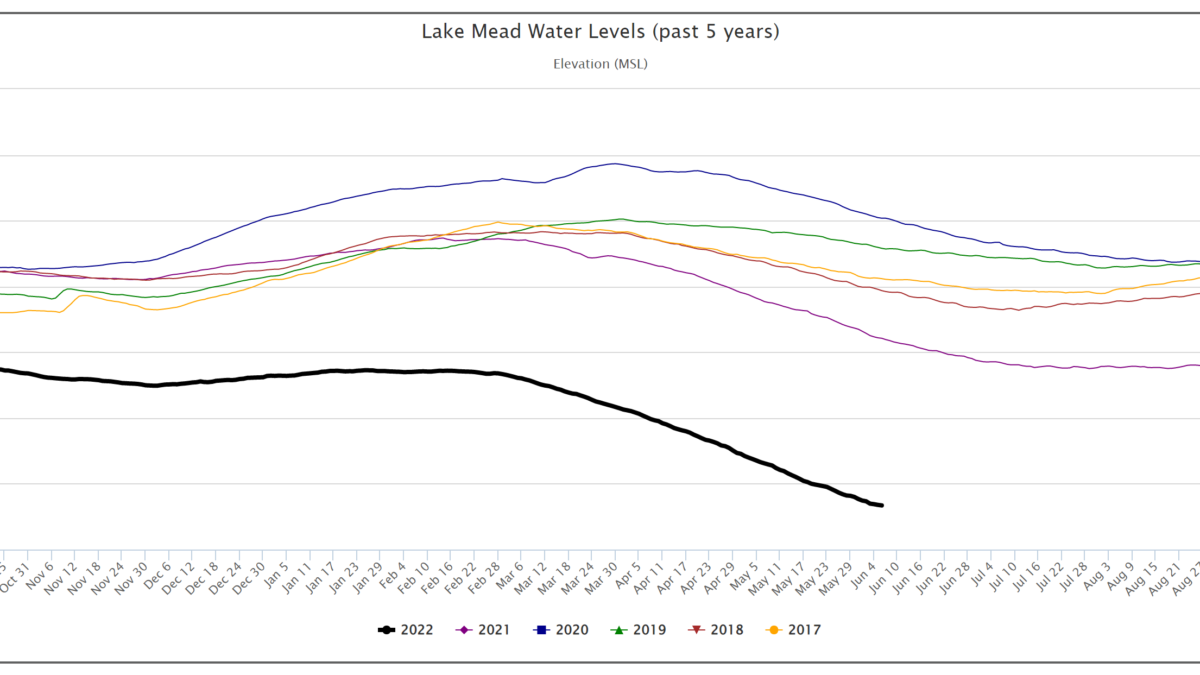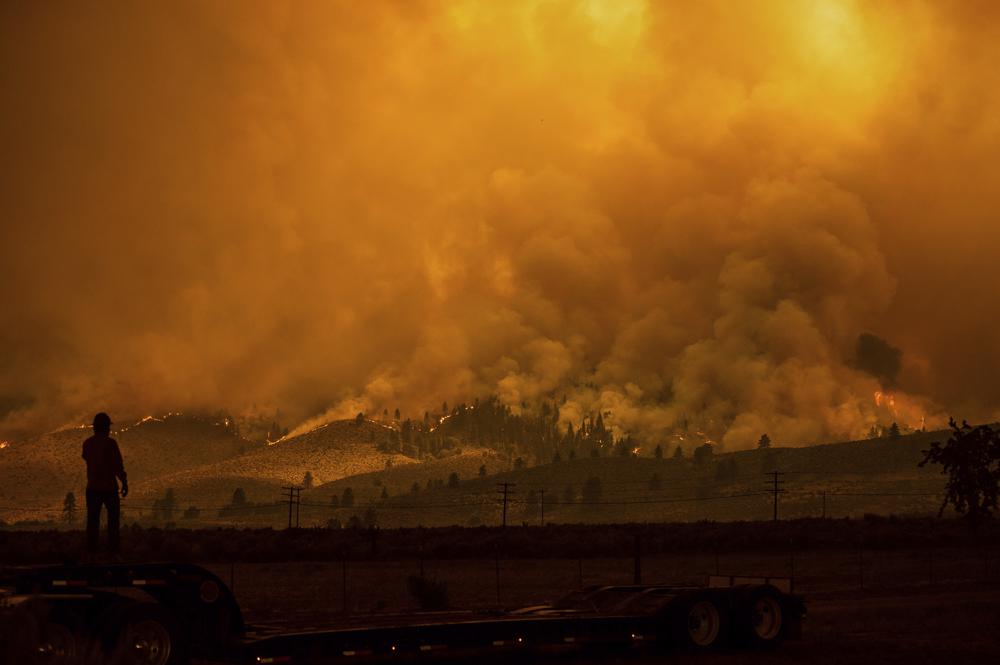Climate change a factor in “unprecedented” South Asia floods – “This is something that we have never heard of and never seen”
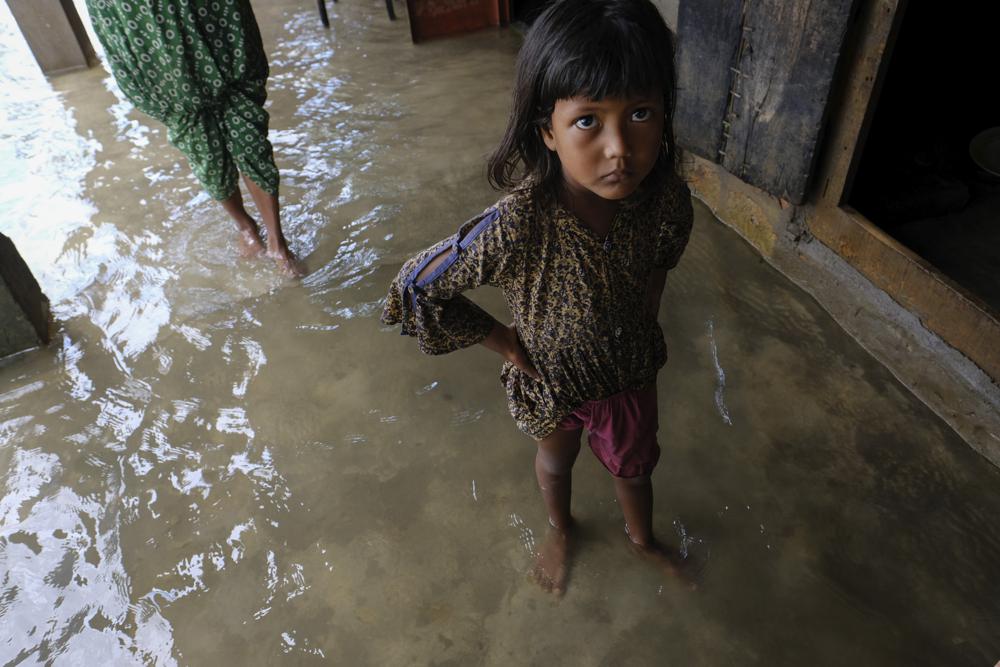
By Aniruddha Ghosal and Al-Emrun Garjon
22 June 2022
SYLHET, Bangladesh (AP) – Scientists say climate change is a factor behind the erratic and early rains that triggered unprecedented floods in Bangladesh and northeastern India, killing dozens and making lives miserable for millions of others.
Although the region is no stranger to flooding, it typically takes place later in the year when monsoon rains are well underway.
This year’s torrential rainfall lashed the area as early as March. It may take much longer to determine the extent to which climate change played a role in the floods, but scientists say that it has made the monsoon — a seasonable change in weather usually associated with strong rains — more variable over the past decades. This means that much of the rain expected to fall in a year is arriving in a space of weeks.
The northeastern Indian state of Meghalaya received nearly three times its average June rainfall in just the first three weeks of the month, and neighboring Assam received twice its monthly average in the same period. Several rivers, including one of Asia’s largest, flow downstream from the two states into the Bay of Bengal in low-lying Bangladesh, a densely populated delta nation. […]
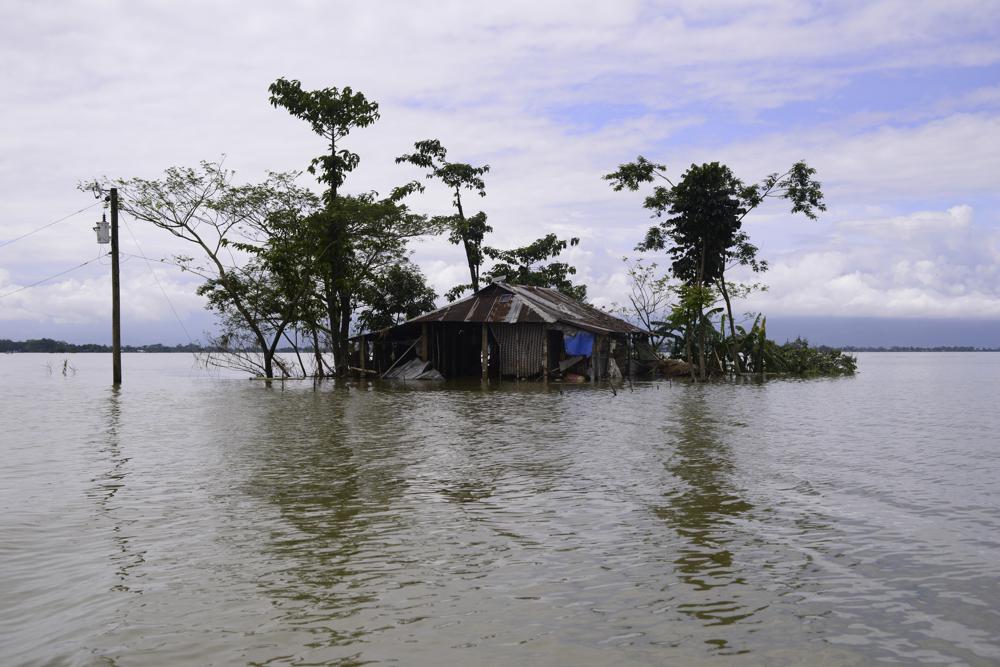
The pattern of monsoons, vital for the agrarian economies of India and Bangladesh, has been shifting since the 1950s, with longer dry spells interspersed with heavy rain, said Roxy Matthew Koll, a climate scientist at the Indian Institute of Tropical Meteorology in Pune, adding that extreme rainfall events were also projected to increase.
Until now, floods in northeastern Bangladesh were rare while Assam state, famed for its tea cultivation, usually coped with floods later in the year during the usual monsoon season. The sheer volume of early rain this year that lashed the region in just a few weeks makes the current floods an “unprecedented” situation, said Anjal Prakash, a research director at India’s Bharti Institute of Public Policy, who has contributed to U.N.-sponsored study on global warming.
“This is something that we have never heard of and never seen,” he said.
Bangladesh’s Prime Minister Sheikh Hasina gave a similarly grim assessment Wednesday.
“We haven’t faced a crisis like this for a long time. Infrastructure must be constructed to cope with such disasters,” she told a news conference in Dhaka. “The water coming from Meghalaya and Assam has affected the Sylhet region” in northeastern Bangladesh, she said, adding that there is no quick respite for the country.
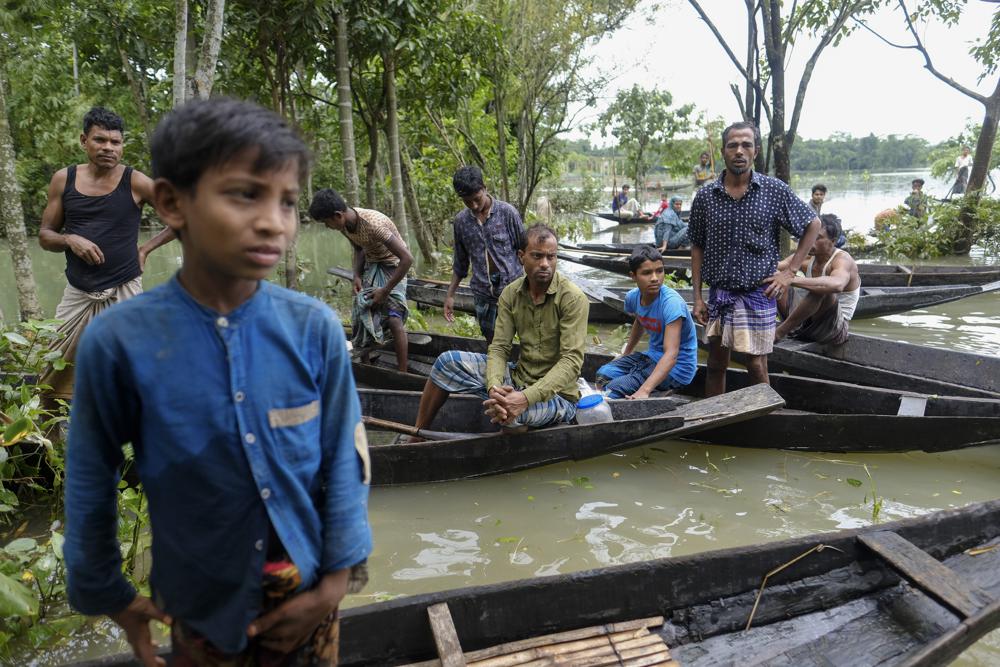
Hasina said that floodwaters would recede soon from the northeast, but they would likely hit the country’s southern region soon on the way to the Bay of Bengal.
“We should prepare to face it,” she said. “We live in a region where flooding happens quite often, which we have to bear in mind. We must prepare for that.”
A total of 42 people have died in Bangladesh since May 17 while Indian authorities reported that flood deaths have risen to 78 in Assam state, with 17 others killed in landslides.
Hundreds of thousands are displaced and millions in the region have been forced to scramble to makeshift evacuation centers. [more]
Climate change a factor in ‘unprecedented’ South Asia floods
